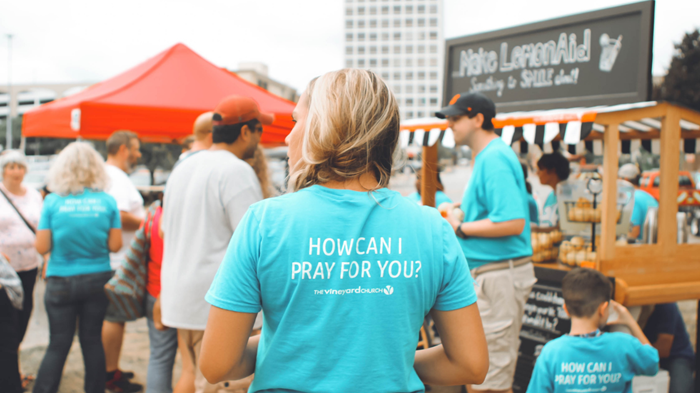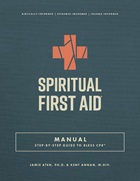Knowing the History of Christian Charity Can Save Our Ministries Today

Humanitarians know that disaster preparedness starts early, that needs continue after headlines fade, and that evaluating past projects can improve future efforts. But by necessity, justice advocates and community developers often find their attention trained to the latest global disaster, political announcement, funding opportunity, or aid innovation. In other words, we watch what’s coming next.
The rollercoaster of breaking news takes us to heights and depths and around sudden curves, yet it does little to help us see beyond the present, or to be equipped to deal with the future. Knowing a little history doesn’t solve our problems, but it tends to add complexity and color to our thinking.
As a professor with a business education sandwiched between experiences in social work and international development, I often found historical accounts of Christian service to be captivating; not just for their feel-good qualities (although they do inspire), but also because they broadened my view of contemporary humanitarian engagement.
With time, we experience examples of charity felt through the kindness of others, or vicariously through stories. In my own collection, I wanted to be more systematic in filling in temporal holes, and in being able to see how one era contrasted with and flowed into the next.
I began exploring the history of Christian charity and was amazed by the variegated patterns that are only visible through a long historical lens. I was humbled by disciples who offered water, food, shelter, forgiveness, and justice in Jesus’s name, and who invite us to follow suit.
From the earliest Christians, we encounter widows who serve with deacons; gift-giving customs transformed by Jesus and his followers; Byzantine hospitals, nursing homes, and farm apprenticeship programs. We see the watershed difference that Bible translators make in employing the Latin word, caritas, and the importance of virtue development in almsgiving.I couldn’t help but wonder if volunteers and employees laboring in faith-based organizations and serving in churches had a similar fractional awareness of the rich heritage of Christian charity. My sense was that a brisk stroll through the past would benefit those laboring in the present. For this reason, I undertook the writing of Christian Compassion: A Charitable History (Wipf & Stock, 2021).
We encounter medieval methods for healing the sick and for dying well; monastic hostels and bridge-building societies for pilgrims; a brothel that becomes a convent, and eventually a prison; and the transfer of social charity from the church to the state. Deacons, bishops, laypersons, and priests, reformers, nurses, and managers play featured roles.
In our most recent decades, we witness interlaced actions for liberation and justice, peace and humanitarianism, and mutual aid and community development within many Christian traditions. These stir courage and inspire sacrifice, show Christians a more detailed portrait of caring, and enlarge our imagination of what it means to love one another.
With a topic as saccharine as charity, we must acknowledge the failings as well as the faithfulness of Christ’s disciples. Christian Compassion attempts to be fair to both.
History doesn’t tell us how to act in our own context but it vicariously draws out our direct experience. It offers us a lens to see what’s coming with a deeper depth of field.
Monty Lynn is a Professor at Abilene Christian University, the author of Christian Compassion, and co-author of Development in Mission.
The Better Samaritan is a part of CT's
Blog Forum. Support the work of CT.
Subscribe and get one year free.
The views of the blogger do not necessarily reflect those of Christianity Today.






















